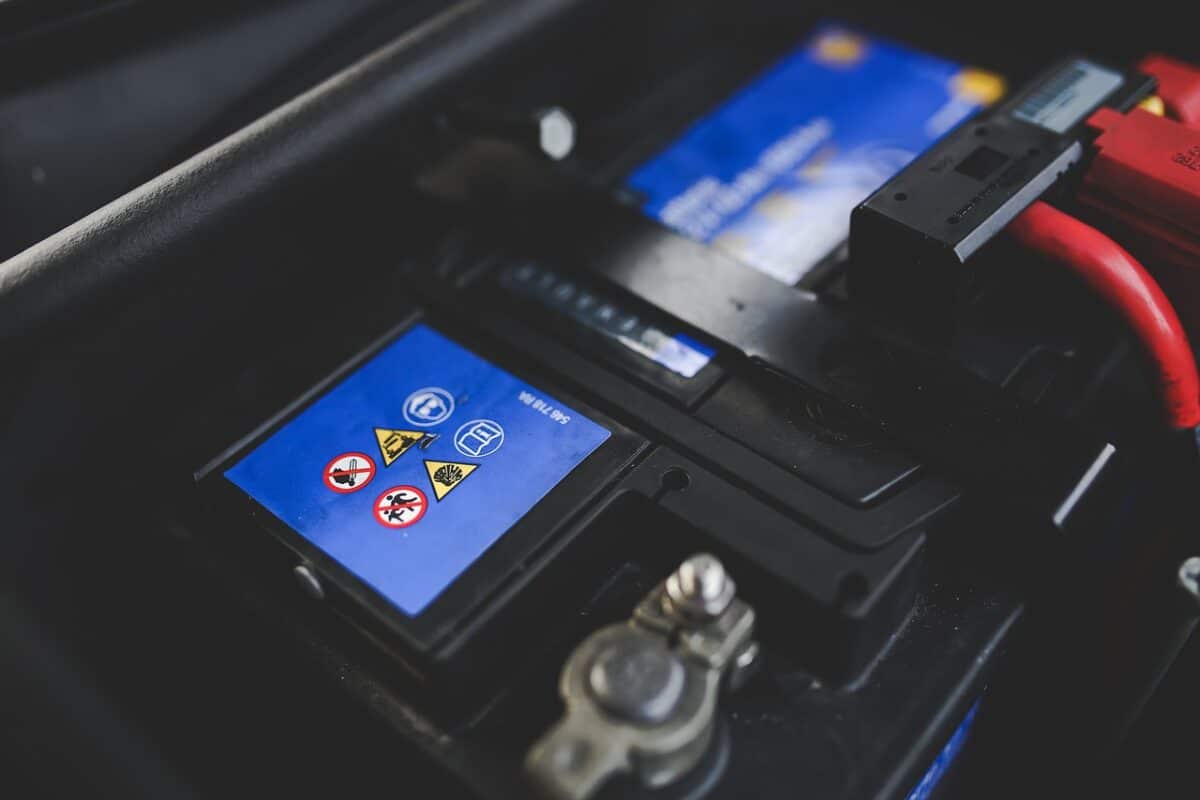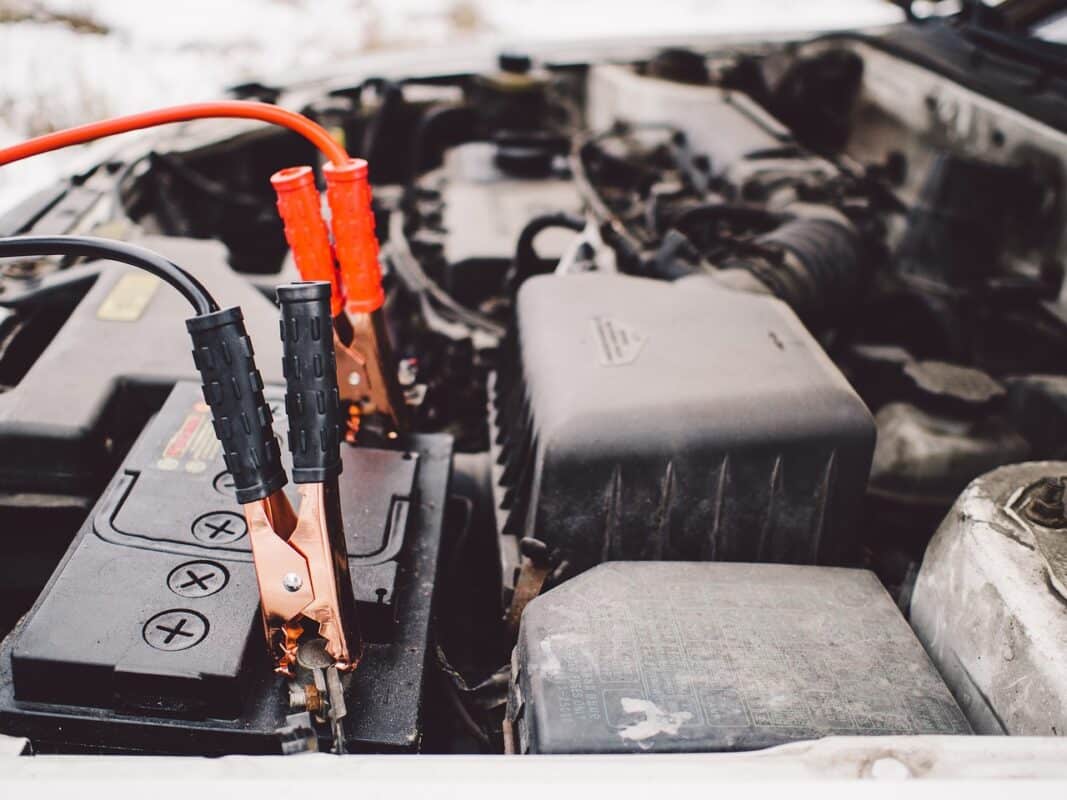Recycling of electric car batteries, until recently considered unrecoverable and rather polluting, now represents a revenue opportunity for companies, which is also useful in curbing the materials crisis.
In fact, by recovering raw materials and building a dedicated recycling and reuse industry, the goal is to reach 100 percent supply within the next 15 years.
Let’s try to understand what the state of the art is in battery recycling.
Below is some data to take stock of actual progress in the field.
Sommario
- 1 Battery recycling, a central theme for the coming years
- 2 In what ways do you dispose of batteries
- 3 Chiedi informazioni e ti contatteremo
- 4 Data on the disposal of electric car batteries
- 5 Battery disposal: the European situation
- 6 The Italian situation
- 7 The memorandum of understanding
- 8 Chiedi informazioni e ti contatteremo
- 9 How long does a lithium-ion battery last today?
- 10 How to make electric mobility truly sustainable?
- 11 Fastbrain offers a wide selection of products at the best prices
- 12 Why choose Fastbrain
- 13 Contact us for a free consultation
Battery recycling, a central theme for the coming years
Recycling of electric car batteries will be a hot topic in the coming years, and some of it is already being addressed.
In fact, as we have repeatedly reported in our articles, from 2035 in the EU there will be a stop to the production of gasoline and hybrid cars, while the Biden administration in the U.S. has set 2030 as the date when electric vehicles should be half of those sold.
To speed up the process, rather than focusing on reducing the production of metals such as cobalt, lithium, nickel, and graphite, the raw materials of electric car batteries, Western governments have thought of relying on recycling spent batteries.
With this in mind, the European commission has proposed recycling at least 12 percent cobalt and 4 percent lithium and nickel by 2030, progressively increasing the conversion threshold within five years.
Therefore, electric mobility, to be truly sustainable, also needs to be framed within a system of battery reuse and recycling.
To do this will require having the proper infrastructure in place, something currently practiced mainly by Norway, Belgium and China, with some glimmering for Italy as well.
In what ways do you dispose of batteries
Disposal of electric batteries, which consist of electrolytes and materials such as cobalt, nickel-metal hydride and lithium-ion, can already be done 90% in the following ways:
– Material recovery for other industries such as renewable energy;
– Construction of individual cells or modules to avoid block replacement in case of failure;
– Cell regeneration by giving the anodes a new coating that generates the initial current capacity.
The anodes are negative electrodes while the cathode is the positive electrode and are the basis of battery operation. These are separated by a polymeric solid material that allows the passage of lithium ions and due to its porous consistency prevents short circuits.
Data on the disposal of electric car batteries
Today only 5 percent of lithium-ion batteries are recycled properly.
Therefore, an adequate network intended for sustainable reuse would be needed before the problem takes on environmentally unsustainable dimensions.
With the ever-increasing productivity of the electric car industry, the whole process of second life and battery disposal needs to be designed from scratch, especially in Italy, so that we are not forced to ask for help from countries like China, which is already ahead in this process.
The urgency is there as e-car production increases at a rate of +25% per year. (Source: Repubblica.it)
A study published in the International Journal of Thermofluids shows that by 2030 there will be 125 million electric vehicles worldwide (Lifegate.co.uk data), with about 5 million batteries to be recycled.
While this is good news in terms of reducing pollutant gas emissions, it also highlights the issue of recycling both cars and batteries.
The “end of life” of accumulators, in fact, will not involve a dismantling plant but rather the disassembly of the various components and reuse, as Legambiente president Stefano Ciafani recently told Corriere della Sera.
Among the countries where battery recycling is at a more advanced stage is China, keeping in mind that globally, battery reuse capacity is expected to exceed supplies in 2030. (Data Report Wood Mckenzie)
Battery disposal: the European situation
There is already a large battery recycling plant in Europe. It is called Hydrovolt and is located in Norway. It can work with 12000 tons of battery packs per year (about 25 thousand accumulators).
It aims to achieve recycling of 70 thousand tons by 2025 and 300 thousand by 2030, corresponding to 150 thousand and 500 thousand electric car batteries, respectively.
Hydrovolt is the result of a joint venture (merger of Norway’s Fredrikstad and Sweden’s Northvolt) and also aims to recover cells at end-of-life (95 percent) and even dust lost during the recycling steps through machinery.
With recovered materials, Hydrovolt produces aluminum and new accumulators and also aims to reuse 50 percent of recovered materials in its own operations by 2030.
The Italian situation
A center of excellence for the disposal of electric batteries is also planned in Italy and specifically in Rome.
This is a super laboratory to be built in the Enea Casaccia Research Center in which 12 countries and 12 companies will participate, with the aim of also implementing a virtuous battery recycling system (especially phosphorus and lithium), based on design, research, development and innovation.
Within it, it is planned to build a laboratory (Advanced Battery Laboratory- AB-Lab) that will provide, in addition, specialized advice and expertise for the implementation of the projects, giving impetus to industrial production with the realization of prototypes.
The memorandum of understanding
Italian companies are trying to create a Made in Italy supply chain for the reuse of this type of battery, with the “Memorandum of Understanding.”
The memo, based on a project geared toward the reuse of batteries (of any chemistry except lead acid) discarded by the automotive electric and/or hybrid sector, states:
“All parties have expressed mutual willingness to enter into cooperation in the supply chain of collecting, securing and reusing non-lead chemistry accumulators that are discarded as waste, but still have residual efficiency that makes them suitable for further energy storage function and finally re-processed to recover the raw materials in the batteries themselves.”
In particular, the initiative should focus on the following themes:
– storage and securing of disused accumulators from their respective sectors of origin, including providing for the recovery of the residual energy contained;
– Design and implementation of a process chain that enables:
- disassembly and related safe pre-treatment of accumulators and verification of the condition of individual cells in order to arrive at the identification of cells that are still usable;
- The re-assembly of reusable cells and the production of new energy storage modules;
- treatment and recycling of cells and modules found to be unusable.”

How long does a lithium-ion battery last today?
The lifespan ranges from 8 to 10 years (for the most advanced models), which is why an efficient recycling industry is needed within the next 15 years.
To put it into practice, coordinated action at the national and community levels is essential.
In this regard, the European Commission proposed the creation of a specific category for electric batteries (EVBs), and following this, the European Parliament also updated the battery directive (March 2022).
The goal is to ensure that batteries “at the end of their life cycle can be reused or recycled.”
But, if the directive goes the right way, negotiations for governments are still a work in progress.
What emerges is the Great opportunity of virtuous reuse of the materials inside the batteries intended for electric vehicles (thus including scooters and bicycles), which could effectively address the ongoing materials crisis but also partially solve the ethical issue (e.g., cobalt is mined in Congo using inhumane methods).
Recycling the inner parts of accumulators could generate new revenue, feeding renewable energy storage systems, for example.
The results would seem interesting. Projections (International Journal of Thermofluids) speak of 31 billion each year by 2040 from lithium-ion battery recycling.
How to make electric mobility truly sustainable?
As Wired magazine points out, one solution could be to reduce the opening of mines for the critical metals needed to make batteries by focusing on recycling the materials into spent devices.
Recycling plants are already trying to anticipate the needs of the near future to avoid a new environmental catastrophe and make the movement of electric vehicles truly sustainable.
In this regard, the consulting firm Circular energy storage found that from 2021 to 2025, battery recycling is already expected to increase 10-fold, even though, at the moment, the scrapping and scrapping of e- cars is not sufficient to produce waste useful for recycling.
It will have to wait until at least the next decade to arrive at larger numbers to cover material reuse needs.
A big challenge is also to replace expensive parts of the charging devices (such as cobalt, which made up 86 percent of batteries in 2018) with other cheaper materials, e.g., lithium-iron-phosphate, already used by Tesla (Volkswagen and Ford also promise to employ them in cheaper vehicles).
References:
- https://eur-lex.europa.eu/legal-content/EN/TXT/?uri=celex%3A32006L0066
- https://www.linkiesta.it/2022/06/riciclaggio-batterie-auto-elettriche-ritardi/
- https://www.wired.it/article/batterie-auto-elettriche-riciclo/
- https://insideevs.it/news/586119/riciclo-batterie-auto-elettriche-hydrovolt/
- https://www.wired.it/scienza/lab/2019/10/09/batterie-litio-come-funzionano-nobel-chimica/
Fastbrain offers a wide selection of products at the best prices
Consumer electronics, audio devices such as headphones and earphones, TVs, Notebooks, printers, tablets, computer hardware such as RAM, motherboards, HDDs and SDDs, and more.
The B2B area is reserved for companies and VAT holders, the prices you will find within the area are discounted and reserved for business customers.
Sign up for B2B areaIn the Store you will find a selection of the best brands and the most competitive prices on the market.
access the storeWhy choose Fastbrain
Fastbrain Engineering Ltd. Certified Partner of leading Technology Players including Brother, Lenovo, Synology, Graetz, SiComupter offers customized purchasing solutions tailored to the needs of professionals. It offers, in addition, pre- and post-sales support, including operational rental.
We are a central player in ICT wholesale distribution and one of the leading players throughout the country in the IT and technology product distribution market. A key feature and competitive advantage is the selection of top brands and leading products in the most popular product categories.
Info:
info@fastbrain.it
| Tel 011.0376.054


